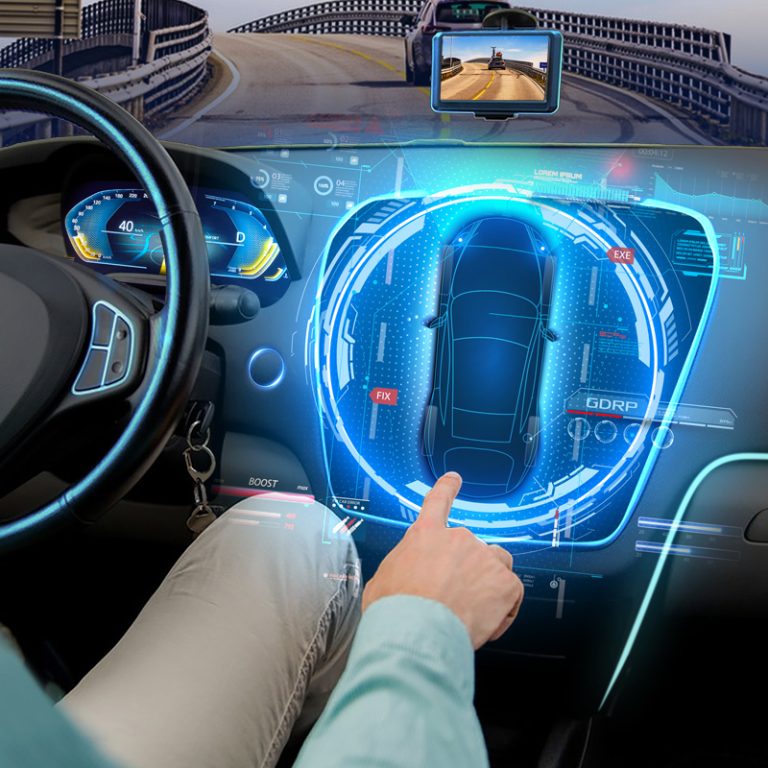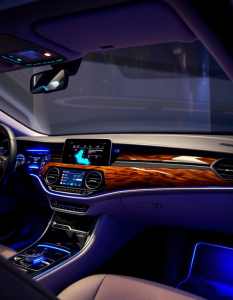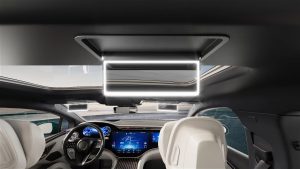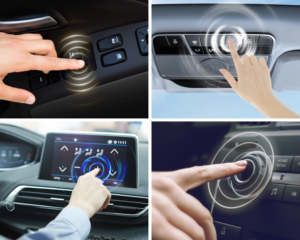As the wave of smart and electric vehicles sweeps through the automotive industry, haptic feedback technology is increasingly becoming a focal point for enhancing user experience. This article explores the market trends, application cases, and future directions of automotive haptic feedback technology.
- Enhancement of User Experience
Modern vehicles are not just modes of transportation; they are mobile living spaces. Consumers are demanding higher interaction experiences from in-car systems, with touchscreens becoming the primary human-machine interface. Haptic feedback technology enhances users’ tactile perception by providing instant feedback, making drivers more confident when using navigation, audio, and other functions. - Continuous Technological Advancements
Haptic feedback technology relies on advanced haptic systems that simulate the feel of physical buttons, enhancing user interaction. Recent developments in MEMS (Micro-Electro-Mechanical Systems) technology have made haptic components smaller, lighter, and more energy-efficient, further promoting their use in automobiles. - Growing Market Demand
According to market research, the global automotive haptic feedback market is expected to experience significant growth in the coming years. The rise of electric vehicles and smart driving technologies presents new application scenarios for haptic feedback technology. The minimalist interior designs of electric vehicles increasingly replace traditional buttons with touchscreens, making haptic feedback technology an essential tool for improving user experience. - Application Cases
Many automotive manufacturers have already integrated haptic feedback technology into their vehicles. For example, some high-end models feature touchscreens with tactile feedback on the center console, providing drivers with a more realistic tactile experience. Additionally, automakers are collaborating with tech companies to develop customized haptic solutions to meet diverse consumer needs. - Future Development Directions
Looking ahead, automotive haptic feedback technology will continue to evolve toward smarter and more personalized solutions. With the application of artificial intelligence and big data, automakers can provide personalized tactile feedback based on user habits and preferences. Furthermore, the advancement of 5G and IoT technologies will enhance the connectivity of in-car systems, allowing haptic feedback technology to function effectively in more scenarios.
Conclusion
Automotive haptic feedback technology is in a rapid development phase. As market demand increases and technology advances, more innovative solutions are expected to emerge. For automotive manufacturers and technology companies, capitalizing on this market trend will be key to enhancing product competitiveness.
Post Views: 10







